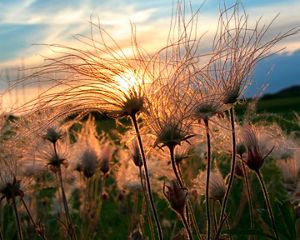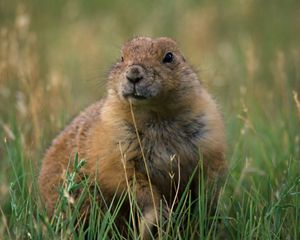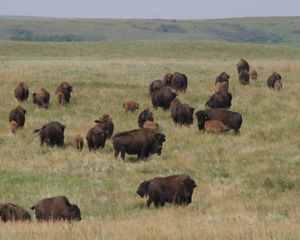Spying on Ducks
Surveillance cameras and drones allow scientists to study nesting waterfowl.
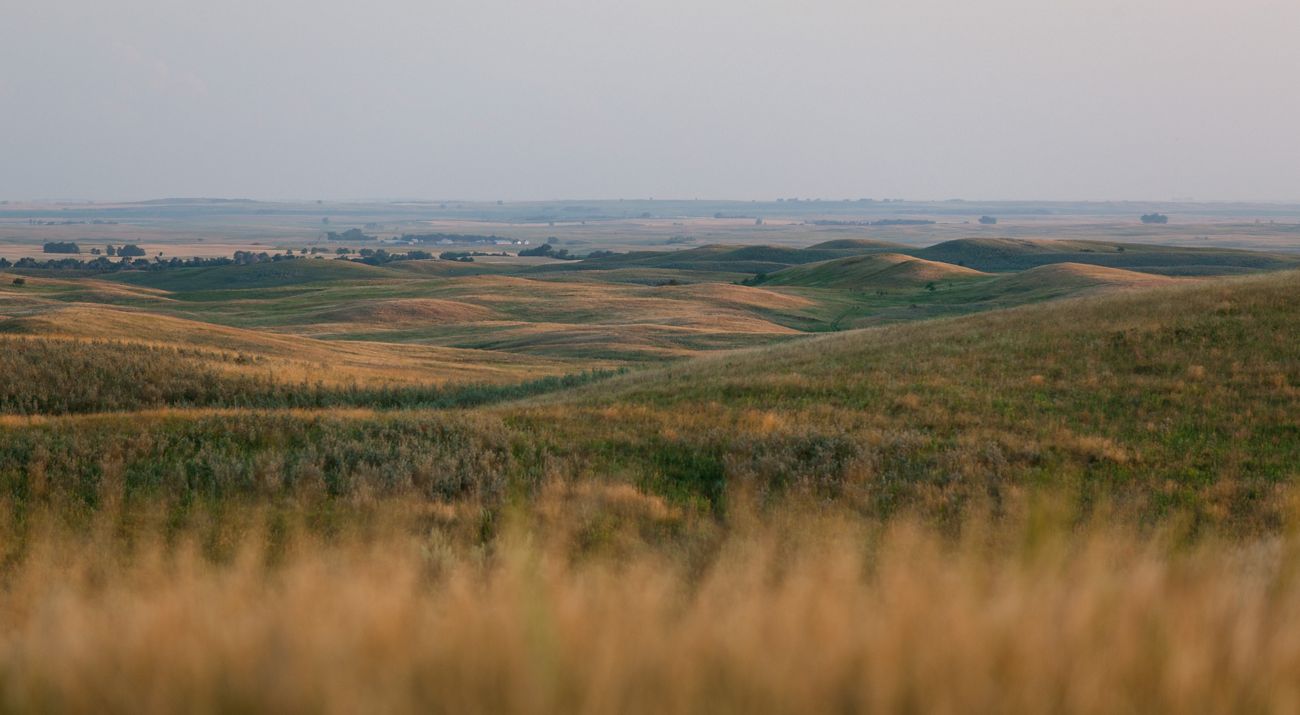
In fall, migrating ducks are conspicuous. Masses of ducks darken lakes and wetlands; large noisy flocks fly overhead.
But during nesting season, ducks can be hard to see. Ducks are water birds, but their nests may be far from water, scattered and hidden in surrounding grasslands, making them hard for predators to find. That also makes them hard for biologists to find and researchers have had to develop tools for locating nesting ducks.
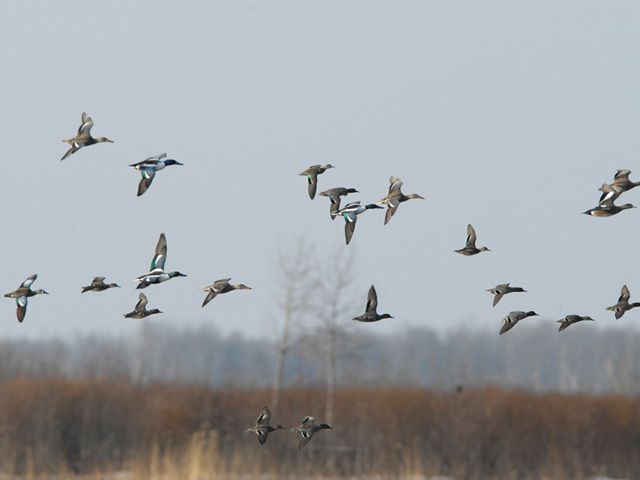
Grasslands at Davis Ranch are a Haven for Nesting Ducks
The Nature Conservancy’s Davis Ranch in North Dakota is a perfect location for studying nesting ducks and developing duck-finding tools. The 7,017-acre preserve sits in the heart of America’s duck factory—the Prairie Pothole Region. The region’s numerous lakes, ponds and wetlands interspersed among extensive grasslands create ideal duck nesting habitat.
In 2015, researchers from Ducks Unlimited and the University of North Dakota started using interns to study the behavior of nesting ducks at Ducks Unlimited’s adjacent Coteau Ranch before expanding their work the next year to include Davis Ranch.
Ducks are found by the chain drag method: a 50-meter chain stretched between two ATVs dragged through the grass, flushing nesting birds. The chain does not damage nests, and once a nest is found, ATV drivers stop and record its location. However, this method may stress nesting birds, and ATVs cannot traverse all available habitat (some spots are too wet or rocky).


Using Drones and Nest Cams to Study Ducks
Those drawbacks can be addressed by another method being tested at Davis Ranch and Coteau Ranch: drones. Drones can fly anywhere, and if high enough (more than 150 feet above ground), are less apt to frighten birds. Susan Felege, UND Associate Professor of Wildlife Ecology, calls drones a “camera delivery device,” but not all cameras are created equal. A duck hidden in the grass might be visible only to a heat-sensing camera. The camera doesn’t detect the actual temperature of a duck but does detect the difference in the heat signature of a brooding duck and the surrounding grass. Confirming that a hot spot is indeed a duck requires some calibration. Researchers can fly a drone first over a lake of known temperature, then over the prairie. That way, it is easier to later distinguish between a duck and a sun-warmed rock.
Once nests have been found, researchers then begin watching them closely using video surveillance cameras. Ducks tend to ignore these small cameras, which are mounted on a low post close to their eggs. Their day and night-time activities are captured by a digital video recorder in a waterproof box linked to the camera by a 25-meter cable. That’s far enough away that researchers can change the recorder’s SD card about every four days without disturbing a nesting hen. In 2019, 151 nests were located at just a fraction of Davis Ranch, and of these, several blue-winged teal, mallard and gadwall nests were equipped with cameras.
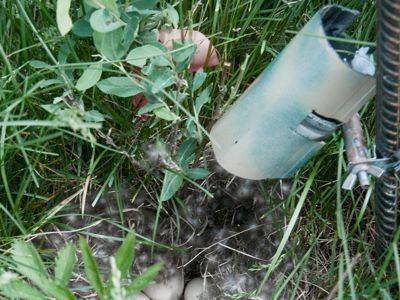
A Window into Duck Nesting Behavior
This peek into the private lives of ducks is revealing. Blue-winged teal are the most numerous ducks at Davis Ranch, and they begin nesting in late-May, along with mallards, and followed by gadwalls. Egg-laying is a protracted process. Typically one egg is laid per day until the clutch is complete, usually about ten eggs in a blue-winged teal nest. Only then does the hen begin incubating, ensuring that the eggs develop together at the same rate.
The hen may leave the nest during the day; female mallards may be gone as long as two hours from their nests. Perhaps that’s when predators strike—only about 15% of all nests are successful, producing ducklings that make it to the water a day after hatching. Badgers are their greatest threat, but fox, coyotes, skunks, even deer, take their toll.
Much of the field work is done by UND interns. Interns drive ATVs, locate nests, maintain nest cameras, and record nesting data including holding up eggs to the light to document embryo development when the hens are away. “We’re making the best students we can through this immersive setting,” says Chris Felege, biology instructor. Students gain hands-on, technical experience and learn problem-solving field skills.
Grassland Habitats Are Critical to Duck Populations
It’s field work that is showing that ducks are not just water birds—they’re grassland birds, too. Intact, well-managed grasslands are essential for producing those large, conspicuous flocks of ducks seen in the fall.
Davis Ranch includes some of “the best habitat for nesting waterfowl on the continent,” says Mason Sieges, Research Scientist at Ducks Unlimited.
Protecting and managing grasslands, of course, also benefits grassland birds, prairie butterflies and wildflowers. TNC uses prescribed fire and rotational grazing and targets invasive plants to keep Davis Ranch diverse and healthy.
“All of our land management is done for grassland-dependent species,” said Chris Gordon, a TNC land steward. “Ducks are part of that and it’s great to see that our work is paying off with such high numbers.”
